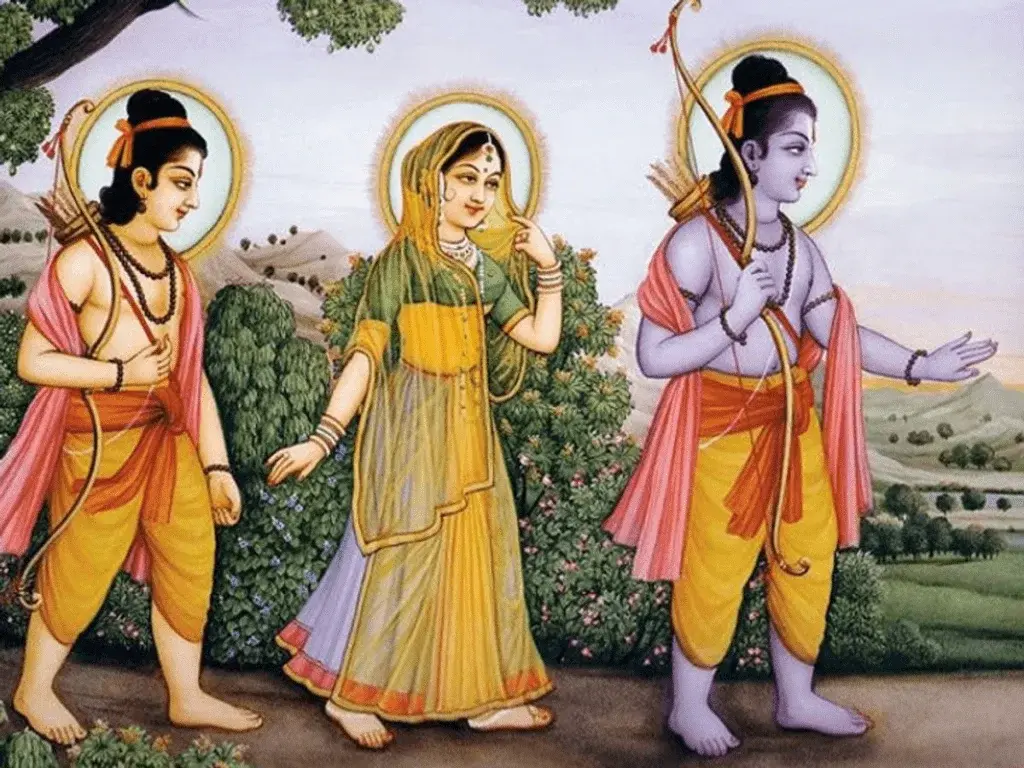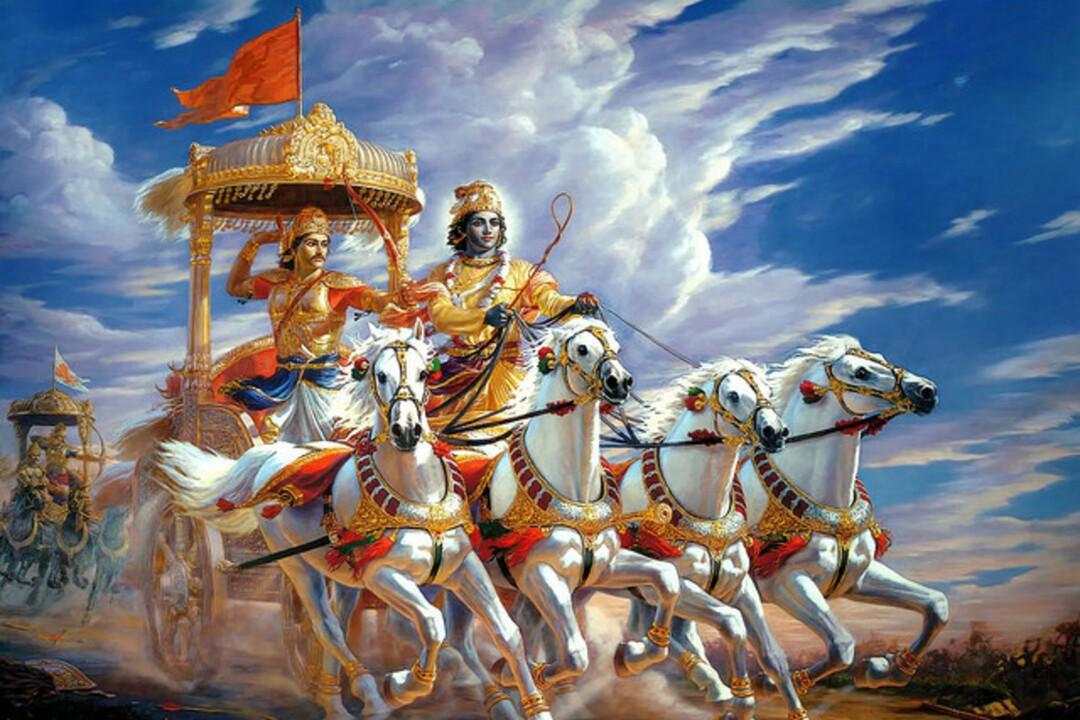Introduction to Itihasas (Ramayana and Mahabharata)
Introduction
- There is a fundamental difference between Itihasas (historical epics) and Puranas.
- Both in structure and content, this difference can be seen.
Itihasas vs. Puranas
-
Similarities: Both discuss ancient wisdom, thoughts, and history.
-
Itihasa: "iti aa hasas" - Means "thus is what happened" or "thus is what existed".
-
Differences:
- Puranas: Stories narrate the distant past.
- Itihasas: Narrator is part of the story (e.g., Valmiki in Ramayana, Vyasa in Mahabharata).
Dating and Focus
- Puranas: Difficult to date due to their ancient origins.
- Itihasas: Can be dated by scholars.
- Puranas: Discuss multiple lineages of royal dynasties and rishis.
- Itihasas: Focus on specific dynasties: "Solar dynasty" (Ramayana), "Lunar dynasty" (Mahabharata).
Key Lineages
- Ramayana: Lineage of Rama (Dasharatha, etc.)
- Mahabharata: Lunar dynasty, Bhishma, Kauravas, Pandavas.
Purpose of Itihasas
- Puranas: Encyclopedic in nature, providing a wide range of knowledge.
- Itihasas: Primarily aim to explain Dharma, Artha, Kama, and Moksha (the four Purusharthas).
- Dharma: Right duties.
- Artha: Wealth.
- Kama: Desires.
- Moksha: Final destination or liberation.
Salient Aspects of Ramayana and Mahabharata
Ramayana
-
645 Chapters, 23,672 verses.
-
Over 40 versions in different languages (Tamil, Assamese, Telugu, Oriya, Kannada, etc.).
-
Story of Rama is present in southeast Asian countries (Thailand, Indonesia, India, etc).
-
- Normative Approach: Presents ideal "textbook" characters.
- Aim: Encourages followers to follow characters like Rama as life examples.
-
Story of Rama: Is present in Southeast Asia
- Descriptions of Dharma of personal and social life and social order.
- Emphasis on "Goodness" vs. "Greatness".
- Rama, though a great warrior, was also good (listened to others before making decisions)
Mahabharata
- Characters embody the reality of life.
- Provides answers for life's problems (but not all problems; e.g., cannot fix a phone using Mahabharata).
Key Themes and Approaches
-
Ramayana:
- Clear duties, no moral dilemmas.
- Emphasizes adherence to duty despite personal suffering.
- Example: Rama accepting his father's order to go into exile, even though he could have ruled.
-
Mahabharata:
- Descriptive approach, presenting actual happenings and moral dilemmas.
- Examples: Bhishma's vow of celibacy, Yudhishthira's decision to play dice (leading to the Kurukshetra war).
Yudhishthira and Arjuna
- Decision taken by Yudhishthira also led to the war.
- Decision by Arjuna. The great dilemma is: whether I should fight or not? (Lead to Bhagavad-Gita actually).
- Did not know what to do whether I should fight against my own father, my brother, ok.
Content of Mahabharata
- Presents how people discharge their duties and the fallout that results.
- Bhishma's Vow: The base to the great war of Kurukshetra.
- Has a rich collection of deeply nested stories like Yaksha Prasna (Yudhishthira and Yaksha).
- Vidura Niti: Shlokas which leads to the life.
Key Differences
- Ramayana: Presents ideals of life.
- Mahabharata: Shows life with all its attendant challenges.
- Instead of informing us what our duty is, it presents how various people discharge their duties and what the fallout was.
Structure of Mahabharata
- 18 Parvas (Chapters):
- Adi Parva: Ancestors of Pandavas and Kauravas. Discuss the education of Pandavas, the marriage of Draupadi to the Pandavas.
- Sabha Parva: The dice game which became core from where whole Mahabharata starts.
- Shanti Parva, Anusasana Parva: Aspects of governance in ancient India.
- Artha shastra: Economics, governance, politics in Ancient India are explained in Mahabharata Santi Parva.


